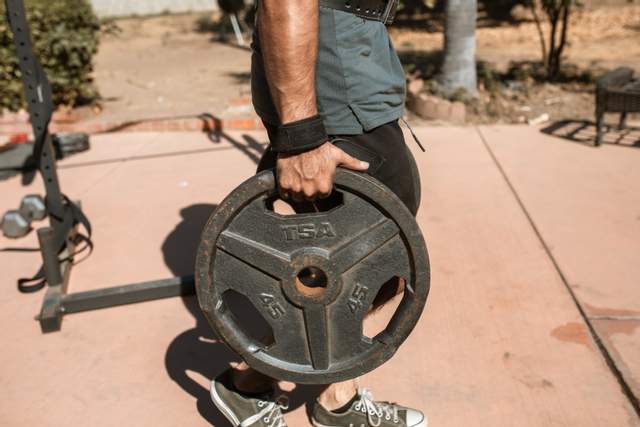Introduction
You’ve probably heard of high-intensity interval training, or HIIT, regardless of your preferred kind of exercise. But what is high-intensity interval training (HIIT), and how can it help you get more out of your workouts?
Whether you prefer to lift weights or strength train cardio like running or indoor cycling, it’s a common—and legitimate—question. While you may not know what high-intensity interval training (HIIT) is, you may have a general concept of what it comprises.
What is HIIT?
Short bursts of high-intensity exercise alter with low-intensity recovery periods in HIIT. Surprisingly, it is maybe the most time-efficient exercise. A HIIT workout lasts about 10–30 minutes on average.
The workout provides the same health benefits as twice as much moderate-intensity exercise despite its short time.
- Sprinting
- riding
- jumping rope
- other bodyweight workouts
These are examples of activities. It’s the polar opposite of going for a long, easy run, where you ration your energy to keep going longer. And it’s not the same as what you’ve probably seen labelled as HIIT in gen-pop fitness classes. Most high-intensity interval training methods classify circuit training or interval training. When you’re doing actual HIIT, your body relies on anaerobic pathways to generate the energy it needs to keep you going. You can maintain maximum exertion.
Is It Effective?
Whether you want to fit in a HIIT training workout during your lunch break or get in shape for a fast-approaching event, it is the ideal workout for a hectic schedule. According to research, if you do 15 minutes of interval training three times a week, you can make more improvement than someone who jogs for an hour on the treadmill. According to a 2011 study, two weeks of high-intensity interval training can boost your aerobic capacity by as much as six to eight weeks of endurance training.
What types of workouts work well with HIIT?
You’re probably most familiar with HIIT as a cardio workout, and it indeed lends itself nicely to sprints, whether you’re running, cycling, or rowing. However, HIIT can use in strength-training routines. Fitness expert and celebrity trainer Rob Sulaver tells SELF that HIIT exercises that include bodyweight training or extra weight, like medicine balls, or dumbbells, will strengthen your muscles while raising your heart rate. Choose activities that allow you to be explosive, like push-ups, squats, or swings, then a bench press or lat pull-downs.
Burning More Fats
A high-intensity interval training workout not only burns more calories than steady-state cardio, but the result of all that activity drives your body’s healing cycle into overdrive. That means you burn more fat and calories in the 24 hours following a HIIT workout than you would after a steady-pace run, for example.
When it comes to adding weight, the technique is crucial. You can put a lot of strain on particular muscles and joints if you’re going all-out and your form is wrong, which can lead to injury. That’s why, before increasing the intensity of an activity, make sure you can perform it with good form at a slow pace.
